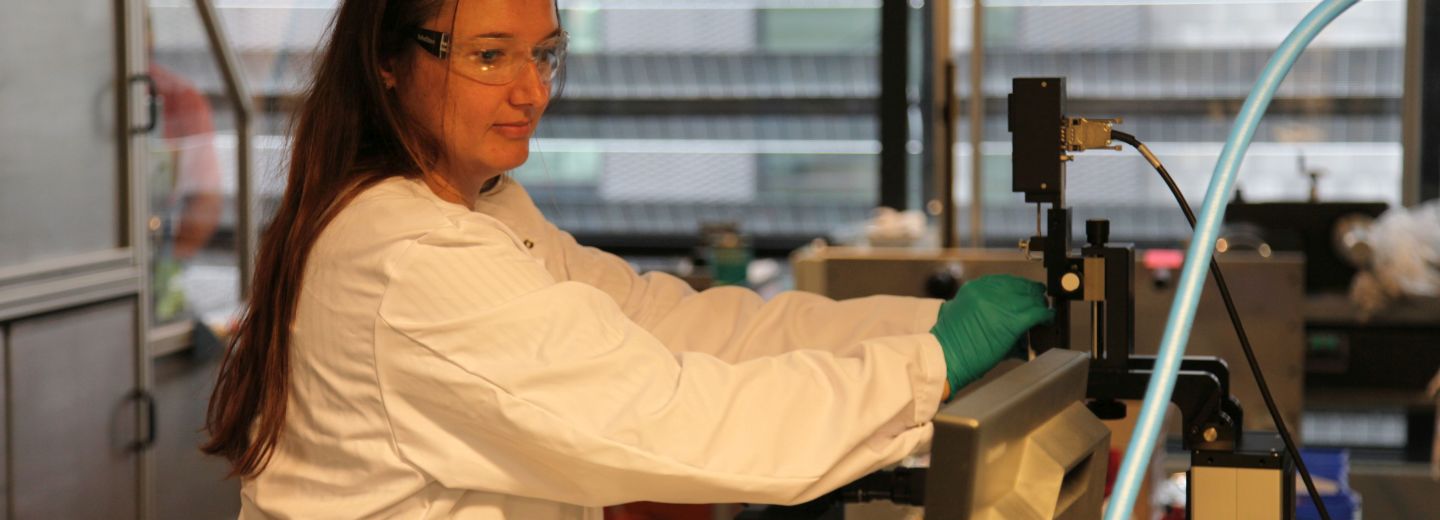
Electronic nose to detect diseases with a single breath
New research from the University of Southern Denmark in Sønderborg could change how we diagnose diseases. Researchers are developing an electronic nose capable of identifying conditions like diabetes and COVID-19 through simple breath analysis in just a few seconds.
You've probably noticed that bad breath can occur when you have a sore throat, but the air you exhale can reveal far more than that.
It's possible to identify specific biomarkers in exhaled air. We have used this knowledge to develop an electronic nose that can detect diseases like diabetes or COVID-19 with a single breath into the device. It works like the breathalyser police use to detect drunk driving, says Roana de Oliveira Hansen, Associate Professor at NanoSyd, SDU.
With her colleagues and students at SDU, she has published a scientific paper titled "Breath Biomarkers as Disease Indicators: Sensing Techniques Approach for Detecting Breath Gas and COVID-19."
Potential applications of the technology
The electronic nose analyses volatile organic compounds (VOCs) in exhaled air. Each disease leaves a unique chemical profile in the form of these compounds.
For example, the device could detect elevated levels of acetone associated with diabetes or identify acetaldehyde and acetone, which increase during COVID-19 infections.
One of the main advantages of this technology is its speed, and it can be used for a wide range of diseases. It's simply a matter of mapping the biomarkers and linking them to the diseases they reveal," explains Roana de Oliveira Hansen.
Future pandemics and cancer diagnostics
During the COVID-19 pandemic, the need for fast and efficient testing methods became clear. The electronic nose offers a rapid testing method that could improve screening processes.
You could imagine blowing into the device before entering an airport or any place where large crowds gather, like concerts or football matches, says Roana de Oliveira Hansen.
The researchers also see potential in extending the technology's capacity to include early cancer detection.
Certain cancers, such as lung cancer, emit specific chemicals in the breath," the SDU researcher elaborates.
Next Steps
The next step is to make the technology more accurate, accessible, and affordable for the healthcare sector.
We are improving the device's ability to analyse the complex chemical compounds in exhaled air while making it smaller and reducing costs so that it can be implemented in clinics, hospitals, and even homes," says Roana de Oliveira Hansen.
Perhaps one day, the device could become as common in households as a thermometer.